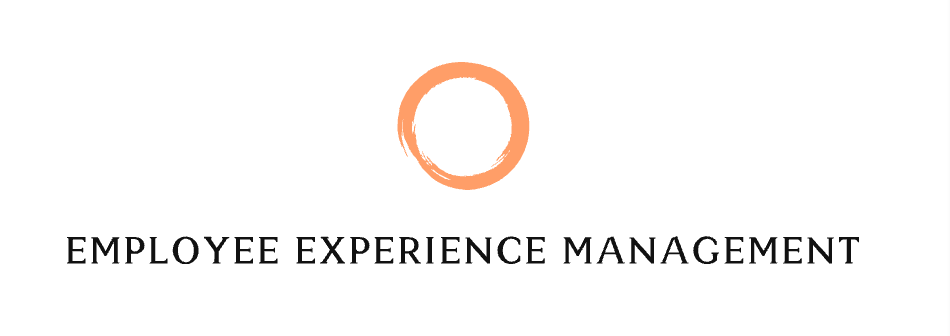Workplace conflict is an unavoidable reality, but how organizations handle and address it can significantly impact the overall health and productivity of a team. In this comprehensive guide, we’ll delve into seven essential tips on effectively managing and resolving conflicts in the workplace. From understanding the root cause to promoting open communication and implementing formal policies, these strategies aim to equip teams with the necessary tools to foster a harmonious work environment.
1. Understand the Root Cause
Workplace conflicts often stem from various factors such as miscommunication, differences in work styles, or competing priorities. Identifying the root cause is the initial and crucial step in resolving conflicts effectively. By recognizing the underlying issues, teams can address the core problems rather than merely treating the symptoms. A comprehensive understanding of the conflict’s origin facilitates a targeted and strategic approach to resolution. The keyword “Workplace Conflict Resolution” emphasizes the importance of systematically addressing conflicts to promote a healthier workplace culture.
2. Promote Open Communication
Open communication is the cornerstone of conflict resolution. Encouraging team members to express themselves openly and honestly creates an environment where conflicts can be addressed promptly and constructively. The keyword “Effective Communication” highlights the significance of clear and transparent communication channels in preventing and resolving workplace conflicts. Establishing an open dialogue not only helps in identifying potential issues early on but also contributes to building a culture of trust and collaboration within the team.
3. Implement Conflict Resolution Training
Investing in conflict resolution training for both employees and management is a proactive step toward cultivating a conflict-ready team. Workshops on active listening, conflict management, and constructive feedback empower individuals with the skills needed to navigate and resolve conflicts effectively. The keyword “Conflict Management” emphasizes the proactive approach organizations can take to equip their teams with the necessary tools for conflict resolution. Ongoing training ensures that employees and leaders alike are well-prepared to address conflicts as they arise.
4. Establish a Formal Conflict Resolution Policy
A formal conflict resolution policy provides a structured framework for addressing conflicts consistently and fairly. By clearly outlining the steps to be taken when conflicts arise, organizations can ensure that the resolution process is transparent and aligned with their values. The keyword “Workplace Conflict Policy” underscores the importance of having a documented policy in place, setting expectations for all team members. This policy serves as a reference point and guide for individuals involved in conflict, fostering a sense of security and fairness within the workplace.
5. Encourage Empathy and Understanding
Fostering a culture of empathy and understanding is instrumental in resolving conflicts and building stronger interpersonal relationships. Encouraging team members to see situations from each other’s perspectives can lead to more compassionate and collaborative problem-solving. The keywords “Workplace Empathy” and “Conflict Resolution” emphasize the vital role empathy plays in creating a supportive and understanding work environment. Organizations that prioritize empathy are better equipped to navigate conflicts with a focus on mutual understanding and positive outcomes.
6. Mediation and Facilitation
Introducing mediation and facilitation as formal conflict resolution methods provides an alternative approach to resolving disputes. In situations where direct communication proves challenging, a neutral third party can guide discussions and assist the team in finding common ground. The keywords “Mediation in the Workplace” and “Conflict Facilitation” underscore the importance of neutral intervention to facilitate constructive dialogue. Mediation offers a structured and objective process that encourages parties to explore solutions collaboratively, leading to more sustainable resolutions.
7. Regularly Evaluate and Adjust Strategies
Successful conflict resolution requires continuous monitoring and evaluation of implemented strategies. Regular assessments allow organizations to identify areas for improvement and adapt their approaches based on evolving team dynamics. The keywords “Workplace Conflict Strategies” and “Conflict Resolution Evaluation” highlight the importance of an ongoing commitment to refining and optimizing conflict resolution methods. Regular evaluations ensure that strategies remain effective, promoting a culture of continuous improvement within the organization.
Wrap Up
Effectively managing and resolving conflicts in the workplace demands a proactive and strategic approach. By understanding the root cause, promoting open communication, providing training, establishing formal policies, encouraging empathy, implementing mediation, and conducting regular evaluations, organizations can navigate conflicts more effectively, fostering a healthier and more productive work environment. The keyword “Conflict Resolution Strategies” encapsulates the comprehensive and strategic nature of the approaches outlined in this guide. By implementing these strategies, organizations can promote harmony and cultivate a positive workplace culture.
